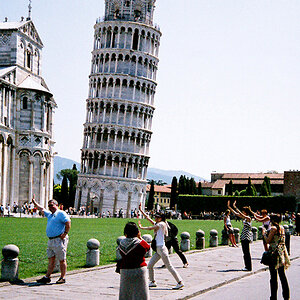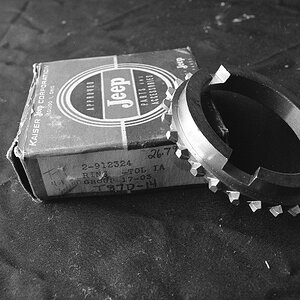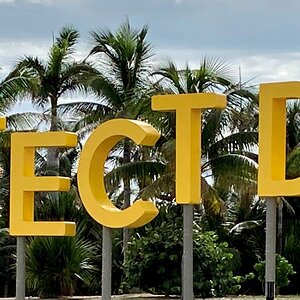- Joined
- Dec 11, 2006
- Messages
- 18,743
- Reaction score
- 8,047
- Location
- Mid-Atlantic US
- Website
- www.lewlortonphoto.com
- Can others edit my Photos
- Photos NOT OK to edit
One process is an actual, venerable, traditional form of photography. The other represents cheap, fast, repeatable, mass-producible, digital imaging. I evaluate the two things very differently.
ven·er·a·ble
/ˈven(ə
Accorded a great deal of respect, esp. because of age, wisdom, or character: "a venerable statesman".


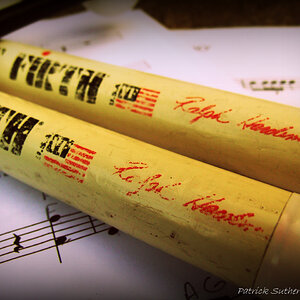
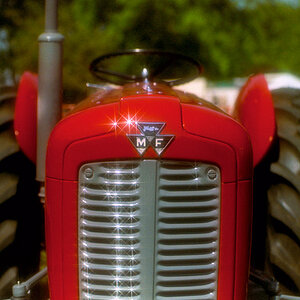



![[No title]](/data/xfmg/thumbnail/30/30869-817b4d4e7585860fab4b08558512787a.jpg?1619734487)


